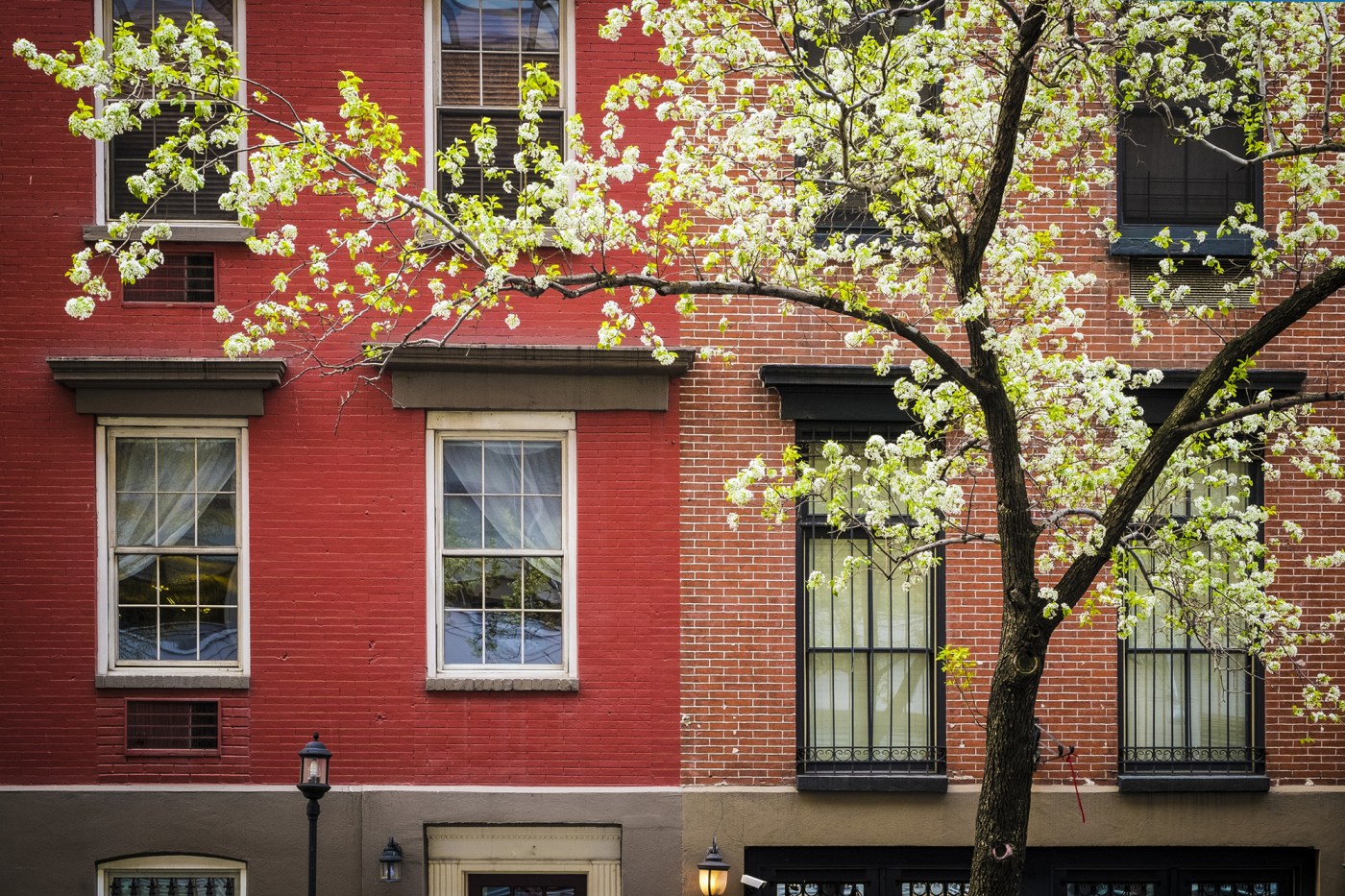Rents in most major U.S. metropolitan areas have risen some 1.5 times faster than wages in the last four years, according to an analysis by Zillow Group Inc.
Nationwide, rents climbed 30.4% while incomes expanded 20.2% from 2019 to 2023, data from Zillow, StreetEasy and the Bureau of Labor Statistics show. Florida, a migration hot spot, had some of the most dramatic differences — Tampa and Jacksonville have seen rents surge more than three times quicker than wages.
Rental housing costs have outpaced salaries in all but six of the top 50 metros. San Francisco, where homelessness and crime have become hot-button political issues, saw weak demand for rental units leaving those costs rising by less than wages over the last four years.
Rent dominates the inflation indexes on which the Federal Reserve bases its interest-rate decisions, and readings for the category have been hotter-than-expected in the first few months of the year. Demand for rentals from millennials and Gen Z adults has coincided with the country’s housing shortage, causing rents to quickly rise, according to the Zillow report.
“Housing is a real problem in the United States due to a huge shortage of affordable” dwellings, Treasury Secretary Janet Yellen told Bloomberg News on Friday. “That said, I strongly believe — I think it is highly likely — that shelter costs, which have been pushing up inflation, will come down,” she said, citing a stabilization in rental prices of new apartments and single-family homes.
Last year alone, rents in New York City increased more than seven times faster than wages — the largest gap in the U.S., the report showed. Despite a strong job market in the city, and in some ways because of it, the gap between what a typical renter can afford and the price of rentals on the market is growing, said StreetEasy senior economist Kenny Lee.
“New multifamily buildings coming online has eased competitive pressure in many markets, but in New York City, construction just simply can’t keep up with demand.”
For the rest of the country, the situation cooled last year. National rent increases came in at 3.4% and was outpaced by wage growth at 4.3%. Strong multifamily construction helped absorb demand for apartments and kept rent growth in check in many places in the U.S.
(With assistance from Christopher Condon.)
___
©2024 Bloomberg L.P. Visit bloomberg.com. Distributed by Tribune Content Agency, LLC.












